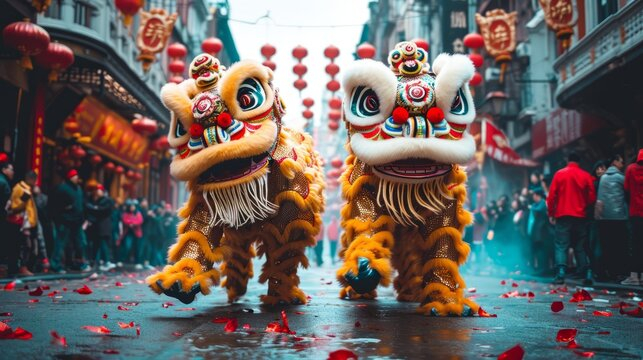Lion Dance is an artistic and cultural tradition in Malaysia and China. Recently, the two nations joined forces to nominate it for inscription on the United Nations Educational, Scientific and Cultural Organization Representative List of Intangible Cultural Heritage of Humanity.
China's masked dance tradition dates back over 5000 years and has roots in ancient animal and beast performances. The right origin of the Lion Dance is debated, but it flourished during the Han Dynasty, peaking in the Tang Dynasty for religious festivals. Though not locals to China, lions arrived via the Silk Road, inspiring the dance that spread to Japan, Korea, Taiwan, and Malaysia, each developing its variations.
Malaysia and China signed an MOU on cooperation in tourism and the Executive Programme of Cultural Exchange Agreement 2024 to 2029, which was finalised in the official visit of Chinese Premier LI Qiang to Malaysia. According to reports, the MOU was signed by Tourism, Arts and Culture Minister Datuk Seri Tiong King Sing and China Ambassadors to Malaysia, Ouyang Yujin, in the presence of Prime Minister Datuk Seri Anwar Ibrahim and Premier Li. Malaysia has also been made a member of the Alliance for Cultural Heritage in Asia.
All About Lion Dance of China and Malaysia
Lions are known for their strength and majesty and are seen as symbols of good luck and fortune. Lion Dance performances were believed to ward off the evil spirit and usher in prosperity, especially on Chinese New Year. The Chinese immigrants brought the traditions to Malaysia, where they were embraced and incorporated into the local customs. Today, the Lion Dance is a significant feature of Malaysian celebrations performed at festivals, cultural events, and business openings.
In the dance, the two performers wear a single lion costume of lightweight materials and brightly coloured fabric. The head of the lion is decorated with expressive features, and the body is often adorned with scales and a flowing mane. The performers bring the lion to life with synchronised movements, mimicking a lion's walk, pounces, and head shakes. The dance is often carried with rhythmic drumming, cymbals, and gongs, creating a celebratory atmosphere. It is pretty similar to dragon dances prevalent in Southeast Asia.
#malaysia #traditions #culture #unesco #china #heritage



